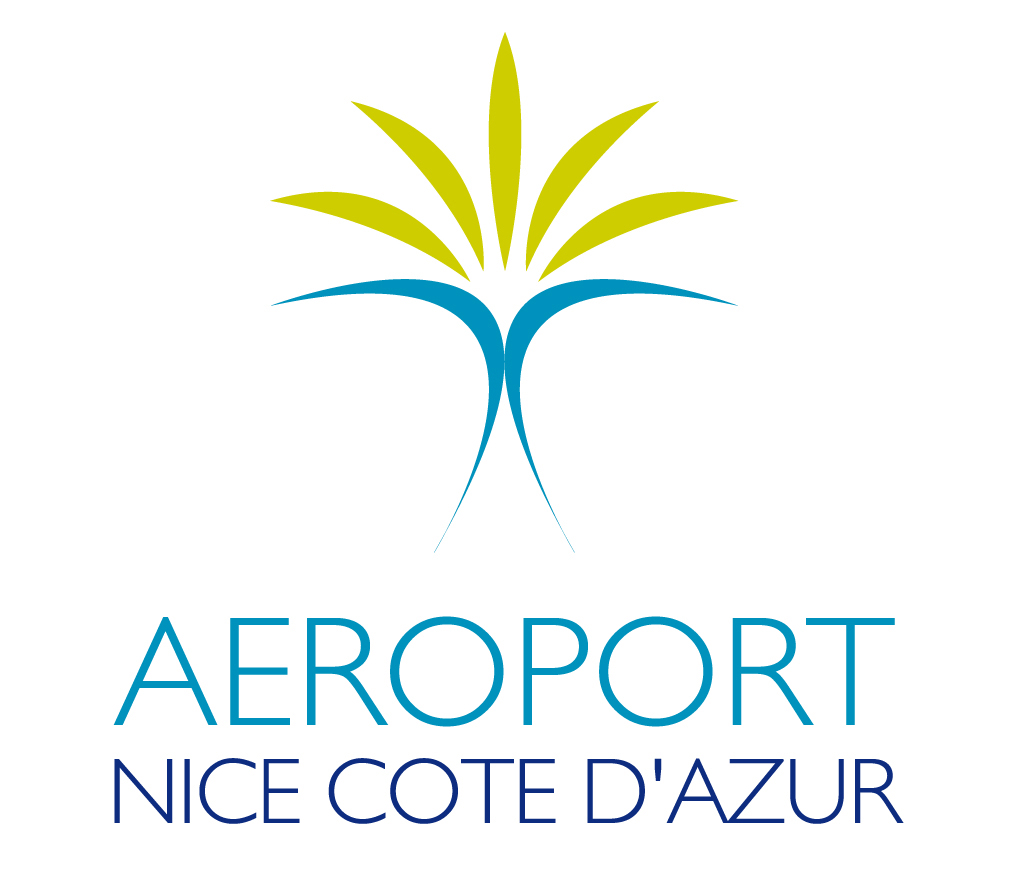
For an international airport, performance involves much more than simply offering a wide range of destinations. Being successful means remaining on par with the major players in European air traffic. As the second busiest airport platform in France, offering 120 flight destinations served by 60 different airlines, Nice Côte d'Azur Airport has stepped up its integration into the heart of European airspace by pursuing two goals: enhanced efficiency and controlled environmental impact through the optimization of its resources.
Learn more about IBM Maximo
"Twenty years ago, in order to ensure that the airport became a leading hub, it was necessary to align resources, responsiveness, and process efficiency," explains Vincent Lebegue, Head of the Equipment Maintenance Department at Aéroports de la Côte d'Azur. "To achieve this goal, we chose the IBM Maximo solution."
Like industrial sites, airports, due to their size and complexity, require highly specific tools to manage their equipment: terminals, technical buildings, airside and landside infrastructure, energy distribution, and more, all of which need to be documented. Service commencement dates, improvement investments, maintenance operations, breakdowns and repairs are integrated into IBM Maximo to better manage their life cycle.
Airlines, airport assistants, and businesses all have one thing in common: they are customers of the Nice Côte d'Azur Airport. To ensure their optimal satisfaction, the airport is committed to providing world-class service. This commitment is based on maintaining equipment in operational condition, thanks to an active maintenance strategy. By analyzing availability, recurring breakdowns, maintenance costs and associated stocks, IBM Maximo is able to adjust actions accordingly. In the end, the solution improves asset performance and lifespan, generates productivity gains on interventions, and contributes to stock optimization. "When necessary, the solution also provides objective financial information to facilitate decision-making, as to whether a major repair or replacement is required." explains Vincent Lebegue.
Let's imagine that, despite regular maintenance, a breakdown occurs. For low-cost airlines with tight turnaround schedules, even a minor local incident can cause significant delays impacting overall operations. In such cases, the airport's rapid responsiveness is crucial. "A problem affecting the baggage sorting system requires immediate intervention", explains Vincent Lebegue. "When a breakdown is reported, IBM Maximo triggers an alarm to mobilize teams or subcontractors. All steps are documented, the schedule is complete, and responsiveness is increased."
As a vital component of asset management, IBM Maximo is now used by numerous departments: the technical call center that receives incident reports, the airport's subcontractors (who handle half the platform's activities) and who have instant access to information; the in-house design office... The tool is also interfaced with the financial ERP system to facilitate decision-making issues regarding investments in new equipment or maintenance expenditure.
IBM Maximo is not only an essential component for airport operations, but it is also an indispensable tool for reaching sustainable development goals: to achieve zero CO2 emissions by 2030, 20 years ahead of other French airports. In concrete terms, this entails minimizing emissions as much as possible, and implementing carbon sinks to absorb residual emissions. To eliminate emissions gram by gram, IBM Maximo is at the heart of a set of optimization tools deployed by the airport.
The effect of IBM Maximo on extending infrastructure lifespan significantly reduces the airport's environmental footprint. As in the consumer goods sector, which advocates product longevity, asset longevity reduces the environmental impact associated with the removal, disposal, or installation of new equipment.
Optimized maintenance management also plays a role in controlling electricity consumption. "Any operational incident or delay in the airport’s processes results in a surge in energy consumption," confirms Vincent Lebegue, "particularly considering that the airport's consumption is equivalent to that of a city with 30,000 inhabitants." Optimized settings, regular cleaning and calibration, and replacement of worn-out parts help to reduce energy consumption. Reducing incidents also has an impact on an airline’s consumption: all delays in departure or arrival within their landing slot results in additional fuel consumption and CO2 emissions.
The uninterrupted use of IBM Maximo by Aéroports de la Côte d'Azur for nearly 20 years is based on the partnership that has developed over the years. "We've lived with IBM Maximo as we've brought IBM Maximo to life", says Vincent Lebegue, "and we're regularly asked to demonstrate how we integrate and operate the solution." "As a long-standing, loyal customer, we have been able to convey our expectations and drive changes." IBM and Aéroports de la Côte d'Azur have co-developed a solution specially tailored to the airport's needs. These improvements have also allowed the product to remain a benchmark in the market.
Privatized since 2016, the Aéroports de la Côte d'Azur Group has three platforms: Golfe de Saint-Tropez, Cannes-Mandelieu and Nice Côte d'Azur. The Nice Côte d'Azur airport is the second-busiest airport platform in France, with a traffic volume of 12 million passengers in 2022, and over 60 airlines providing direct service to 44 countries.
